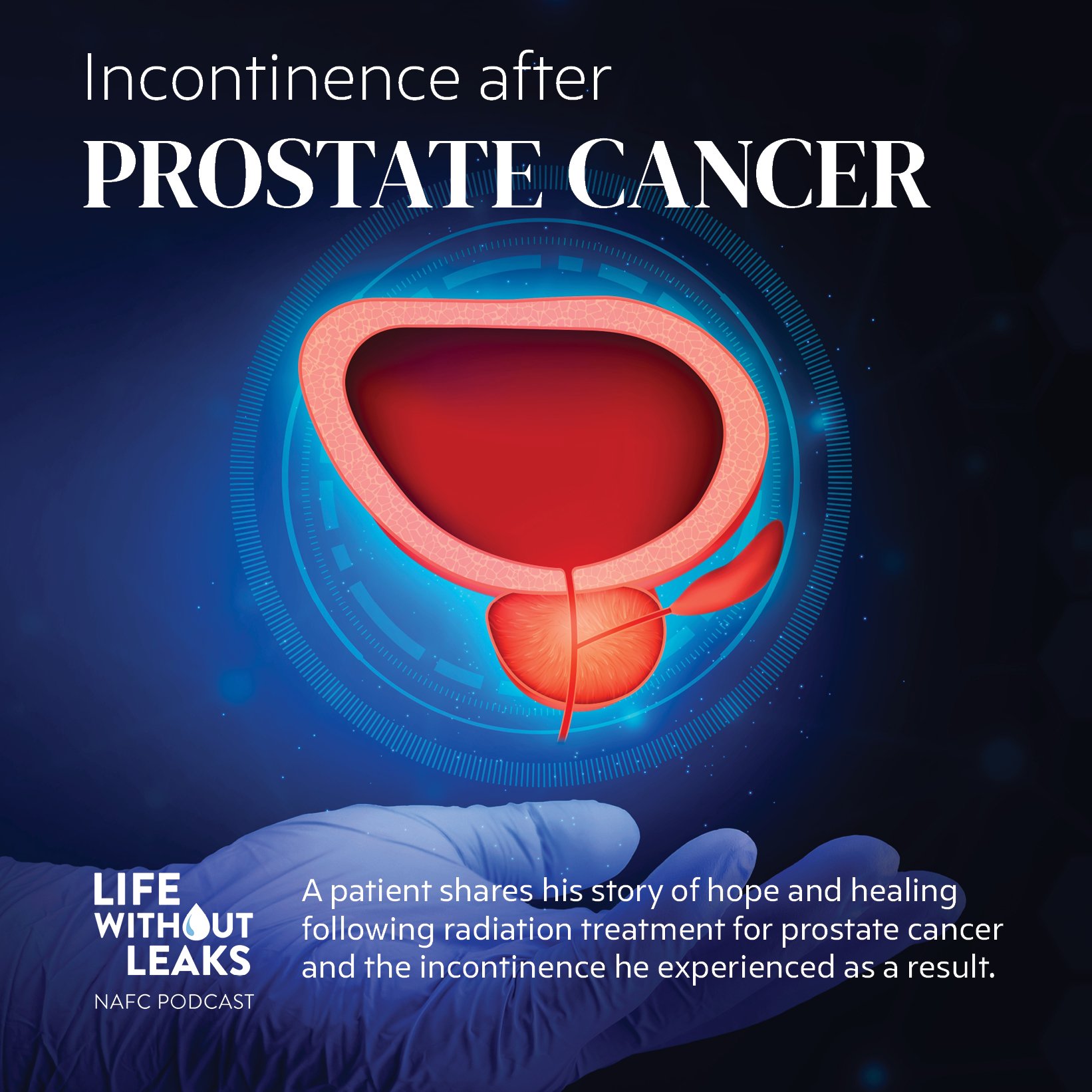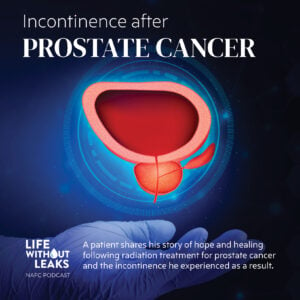Barbara Jennings was 6 weeks postpartum when she realized that something wasn’t right. “I had been feeling some pressure in my vagina for a while, but figured it was just a part of the normal healing process after vaginal delivery.” When she finally got the courage to explore a bit, she found something that surprised her. “I felt a smooth lump protruding slightly from the opening of my vagina. I was horrified, and so scared!”
What Barbara was experiencing is called a pelvic organ prolapse, and it’s not uncommon. A prolapse happens when the vaginal walls become too week (due to things like childbirth) and the organs that are supported by them fall into the pelvic floor basket, sometimes protruding from the vagina. It’s not a curable condition, but can be improved by behavioral modifications, or surgery if necessary.
Barbara experiencing on Pervil Organ Prolapse
“After doing a lot of research, I learned that physical therapy could be done to help strengthen the muscles of the pelvic floor and improve symptoms of prolapse”, said Barbara. “I had never even heard of physical therapy for that part of the body, but because I knew I didn’t want surgery, I signed right up.”
Women’s Health PTs are a thing, and they treat everything from prolapse, like Barbara experienced, to pelvic pain, incontinence, back pain, diastasis recti, and more. But how do you know if you need one? And at what stage of life do you see them?
The first thing to know is that you can see a Woman’s Health PT at anytime. Whether you’re feeling some back pain during pregnancy, want to get checked out after baby arrives, or have difficulty picking up your grandkids without leaking, physical therapy is an option. Improvements can be seen at any age, and most physical therapists would agree that it should be a first line of defense against leaks and pelvic floor disorders.
Medications and surgery
Medications and surgery are often thought of first when it comes to treatment, but when you commit to a physical therapy routine, you’re making the effort to strengthen your body yourself, which can alleviate a lot of pain and/or leakage on it’s own. If you’re experiencing any kind of pelvic floor, back or hip pain, or if you have bladder leaks, call a physical therapist and get set up an appointment for an examination.
So, what can you expect when you visit? As with most doctor’s visits, you’re PT will ask you lots of questions about your medical history, and the symptoms you’re currently experiencing. You’ll also likely get a musculoskeletal evaluation, and if you are experiencing any pelvic floor dysfunction, an internal exam.
Are you clear about What Is A Pelvic Floor PT?
The internal exam sounds scarier than it actually is – rest assured your PT has performed many internal exams and there is nothing to be embarrassed about. It’s a necessary step for them to determine the state of your pelvic floor muscles, and your treatment plan.
Multiple visits are usually required to assess your improvement over time, and to ensure that you are performing your exercises correctly. Treatment is considered complete when your symptoms have improved, although you may need to continue with your treatment plan even after you stop visiting your PT.
What is your story?
If you experience any type of pelvic floor related dysfunction, including pain, bladder leaks, or even if you experience back pain (those muscles are all connected after all!), don’t hesitate to see a PT. It’s often a good first line of defense for these issues and may resolve them better and more naturally than medications or surgery. “Even though my prolapse will never be completely “cured”, I have seen tremendous improvement in my symptoms since I started physical therapy”, says Barbara. “I’m so glad I looked to this option first.”






